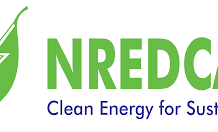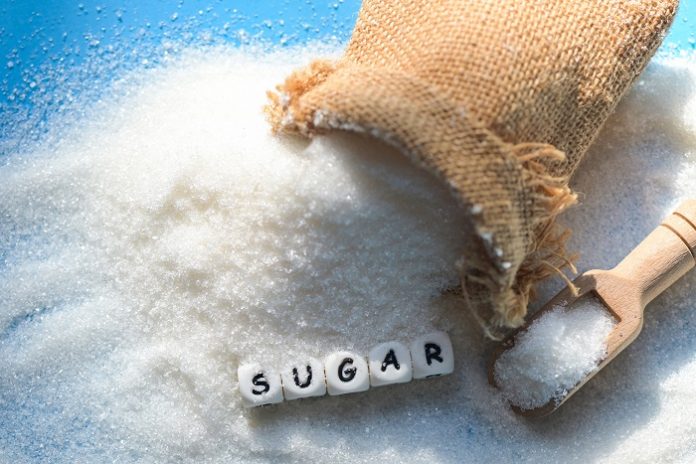The drop in Indian cane production due to the global climate phenomenon, EL-Nino, had led to a sudden stoppage of ethanol production from syrup and BHM from mid-December 2023. This meant that only twenty Lakh tons of sugar was diverted towards the production of around 200 crore litres of ethanol.
India started blending ethanol in petrol on a pilot basis in 2001 before launching the dedicated Ethanol Blended Petrol (EBP) programme in 2003. Since then, India has come a long way to set a 20% ethanol blending target till 2030.
This measure is designed to lower carbon emissions, enhance air quality, and promote the use of biofuels derived from renewable sources such as sugarcane, corn, or other biomass. It also aims to create a more sustainable energy mix and reduce the reliance on fossil fuels.
Prabhakar Rao, President of the Indian Sugar and Bio-Energy Manufacturers Association (ISMA) said, “The Indian sugar industry is well-positioned to meet the government’s ambitious 20% ethanol blending target by 2030. Our industry can contribute a significant 55% of the ethanol requirement, and even increase that to up to 60% if we can get stable policy support and investment on sugarcane production stabilisation”.
Striving to achieve the same, ISMA is confident that the sugar industry is capable of meeting the 55% ethanol supply to meet the 20% EBP target by 2030. In addition, the industrial landscape holds the ability to stabilise the policies and investment in sugar production.
As per the press release, for the Indian sugar industry, the ethanol blending requirement presents both challenges and opportunities. On one hand, it offers a new market for ethanol production, creating a potential revenue stream. On the other hand, meeting the demand for ethanol production necessitates significant investments in infrastructure and technology, posing challenges for sugar producers.






























